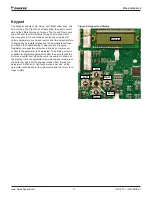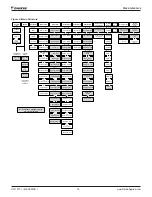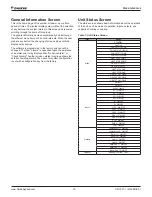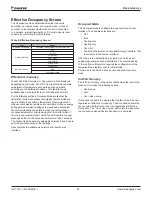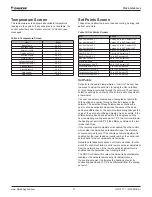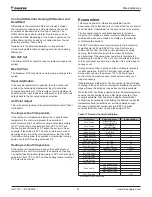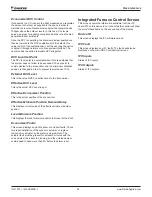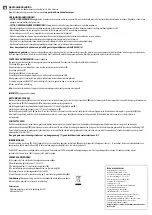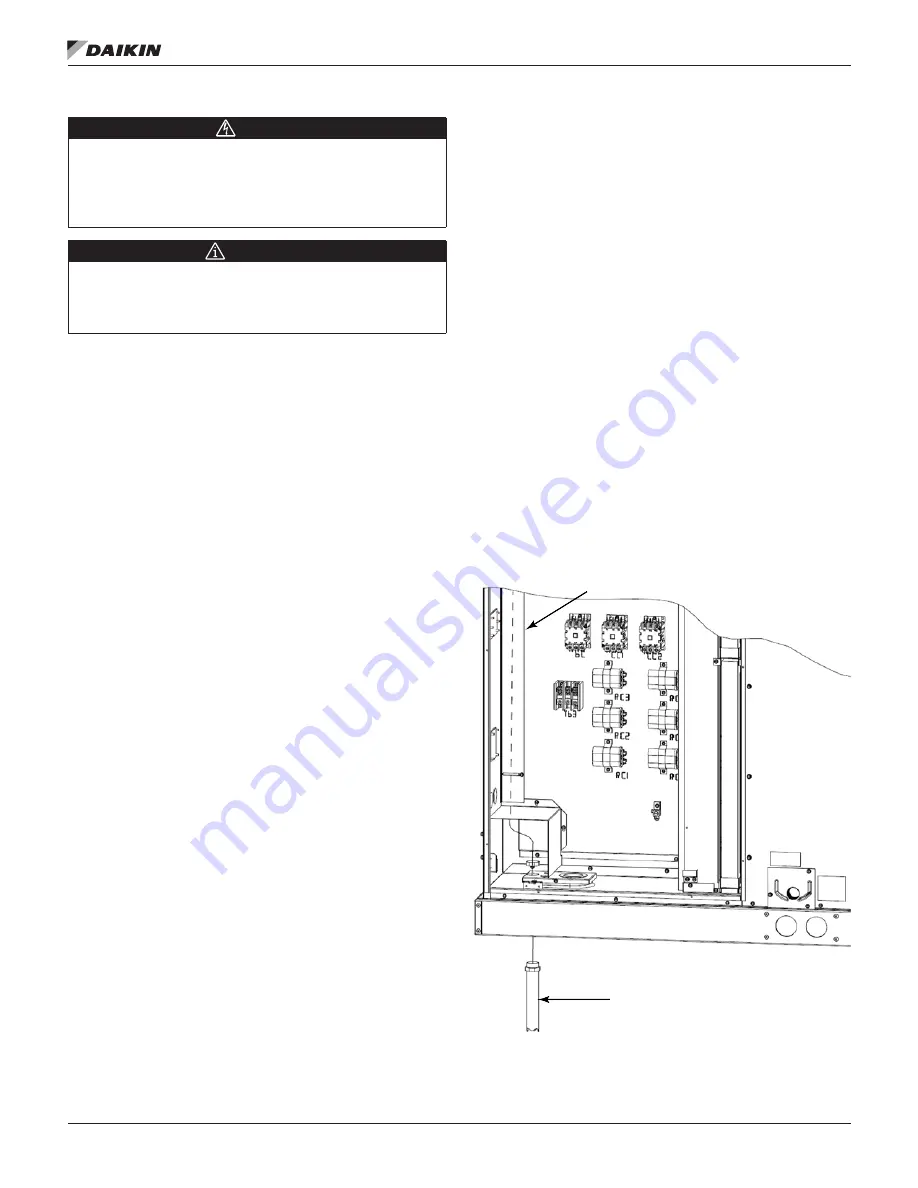
u
nIT
I
nsTallaTIon
www.DaikinApplied.com
9
OM 1077-1 • MAVERICK I
u
nIT
I
nsTallaTIon
DANGER
Before beginning any modification, be sure main disconnect switch is in the
“OFF” position. Disconnect all electric power, including remote disconnect
before servicing. Failure to do so can cause electrical shock resulting in
property damage, personal injury or death. Follow proper lockout/tag out
procedures to ensure the power cannot be inadvertently energized.
IMPORTANT
The DDC Controller is shipped with the control disabled so units do not
accidentally energize during installation. The commissioning of the rooftop
unit therefore requires the configuration of the Occupied Mode menu prior
See Effective Occupancy on page 20
.
The unit DDC Controller must have a thermostat or zone
sensor input in order to operate the unit. If the zone sensor
is not present, or has failed, the unit will use the return air
temperature sensor to maintain the occupied set point. The
flexibility of the unit mode capabilities depends upon the type of
zone sensor or thermostat selected to interface with the DDC
controller.
The descriptions of the following basic Input Devices used
within the DDC controller network are to acquaint the operator
with their function as they interface with the various modules.
Refer to the unit’s electrical schematic for the specific module
connection.
The following controls are available from the factory for field
installation.
Controls using 24 VAC
Before installing any connecting wiring, refer to the unit
installation manual for AC conductor sizing guidelines “Field
Wire Size For 24 Volt Thermostat Circuits”, for the electrical
access locations provided on the unit, and;
•
Use copper conductors unless otherwise specified.
• Ensure that the AC control wiring between the controls
and the unit’s termination point does not exceed three (3)
ohms per conductor for the length of the run.
NOTE:
Note: Resistance in excess of 3 ohms per conductor
may cause component failure due to insufficient AC
voltage supply.
• Be sure to check all loads and conductors for grounds,
shorts, and mis-wirings.
• Do not run the AC low voltage wiring in the same conduit
with the high voltage power wiring.
• Some thermostat wire insulation has a voltage rating less
than the line voltage. Route Thermostat Wire behind low
voltage shield during unit installation per
. This
is necessary to meet National Electrical Code (NEC) and
UL 1995 requirements for separation of high and low
voltage circuits.
Controls using DC Analog Input/Outputs
(Standard Low Voltage Multi-conductor
Wire)
Before installing any connecting wiring between the unit and
components utilizing a DC analog input/output signal, refer to
the unit installation manual for the electrical access locations
provided on the unit.
• Use shielded cable for high EMI environments.
• Note: Resistance in excess of 2.5 ohms per conductor
can cause deviations in the accuracy of the controls.
• Ensure that the wiring between controls and the unit’s
termination point does not exceed two and a half (2.5)
ohms per conductor for the length of the run.
• Do not run the electrical wires transporting DC signals in
or around conduit housing high voltage wires.
• Most sensor wire insulation has a voltage rating less
than the line voltage. Route Zone Sensor and Network
Cable behind low voltage shield during unit installation
per
. This is necessary to meet NEC and UL
1995 requirements for separation of high and low
voltage circuits.
Figure 2: Low Voltage Shielding
Conduit for Low
Voltage Conductors
Sheilding for Low
Voltage Conductors

















